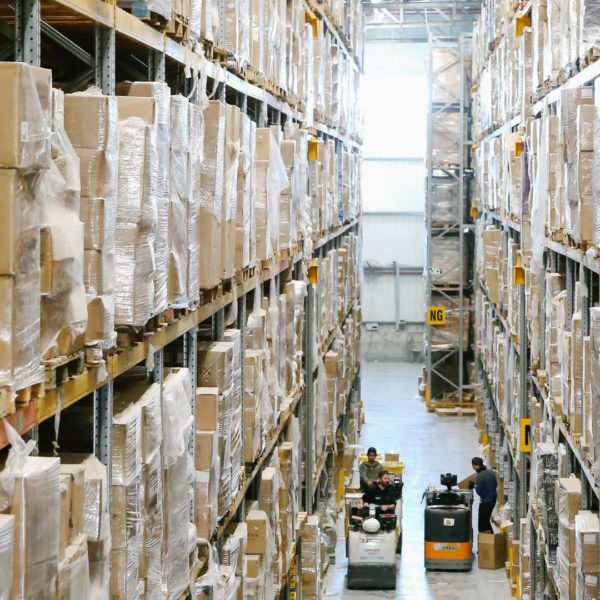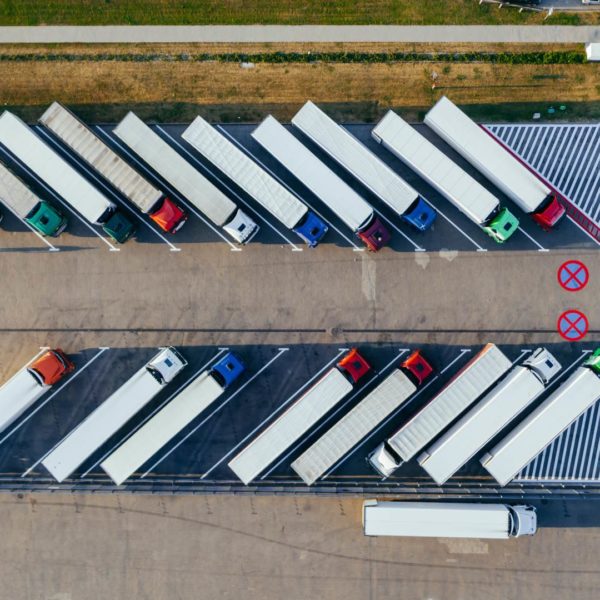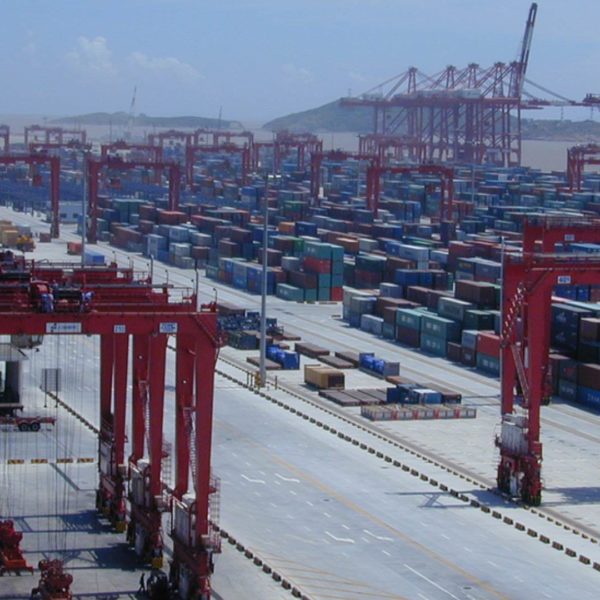Well over 50% of all freight moved in the US is transported by some form of truck, yet retailers are facing significant challenges managing their supply chains and keeping products on the shelves while also controlling product costs. One contributing factor to supply chain disruption is the lack of trucking capacity and increases in trucking costs.
Why is there a truck driver shortage?
Most experts agree there are fewer truck drivers available than there is trucking demand with some trucking companies having trucks sitting at their facilities due to a lack of drivers to operate them.
In short, the industry has failed to attract new drivers as older drivers retire. This is due to a number of reasons, often cited as a challenging work-life balance and pay. To be fair, however, truck driver compensation has risen considerably since 2019, with many trucking firms offering significant hiring bonuses and in general trucking rates being quite high.
Many drivers prefer shorter drayage runs where they can be back at home each night, vs long haul routes which might require the driver to be away from home for days at a time.
One advantage to intermodal transportation is that the associated first and last-mile drayage trucking is nearly always relatively short in distance allowing the driver to be home each day.
How to solve this problem?
Better Recruiting
Many trucking carriers have upped their recruiting game providing sign-on bonuses, better pay, and benefits in addition to simply being more proactive with driver recruiting. Some are running actual advertisements on the radio just as a means to recruit drivers.
Overtime expect carrier recruiting to continue to step up in order to try and expand the driver numbers they currently have with much more aggressive recruiting practices that will hopefully help to increase the rate at which carriers can hire drivers, perhaps even outpace the number leaving commercial driving.
Other new efforts include a federal program to reduce the age that a person can get a CDL, but with stipulations on monitored driving and other safety features aimed at maintaining a safe driving environment for younger/ newer drivers in charge of 80,000 lbs of truck and trailer. It’s unclear how this program will pan out, but it shows the urgency of the problem. Current laws require a driver to be over 21 to drive commercially across state lines.
Technology
Advanced trucking technologies like semi autonomous driving or platoon practices could increase the efficiency and amount of productivity that one driver can output by allowing the driver to control trailing vehicles or allowing the driver longer hours of service due to the autonomous systems controlling the vehicle when out on the open road, which would take some pressure off the driver continuously doing the “driving”. These systems while in testing phases are likely 5-10 years away from being regularly deployed by commercial trucking firms.
There are multiple technologies available today that can help make drivers more productive, ranging from various mobile-friendly dispatching tools, route selection, document management, and analytics tools, all designed to increase the efficiency of a truck driver and help them spend less time on managerial tasks and more time driving.
Other technologies like better shipment visibility can also decrease the amount of time a driver spends waiting at a loading dock, as the dock team can better prepare for exactly when their loads will arrive hopefully creating a more efficient loading and unloading situation.
Increased use of long haul intermodal can also offset the shortage of long haul truck drivers, as it’s an analogous service type for the long haul over the road trucking, allowing railroads to move the freight on the long haul portion of the trip then the first/last mile moves being carried out by drayage trucks.
As supply chain disruptions from the pandemic start to slowly subside, expect many logistics firms to talk more about the driver shortage in relation to logistics costs and delays. Even without the current port delays for imports, the driver shortage will likely continue to get worse before it gets better and put extra pressure and increased costs on supply chains.



